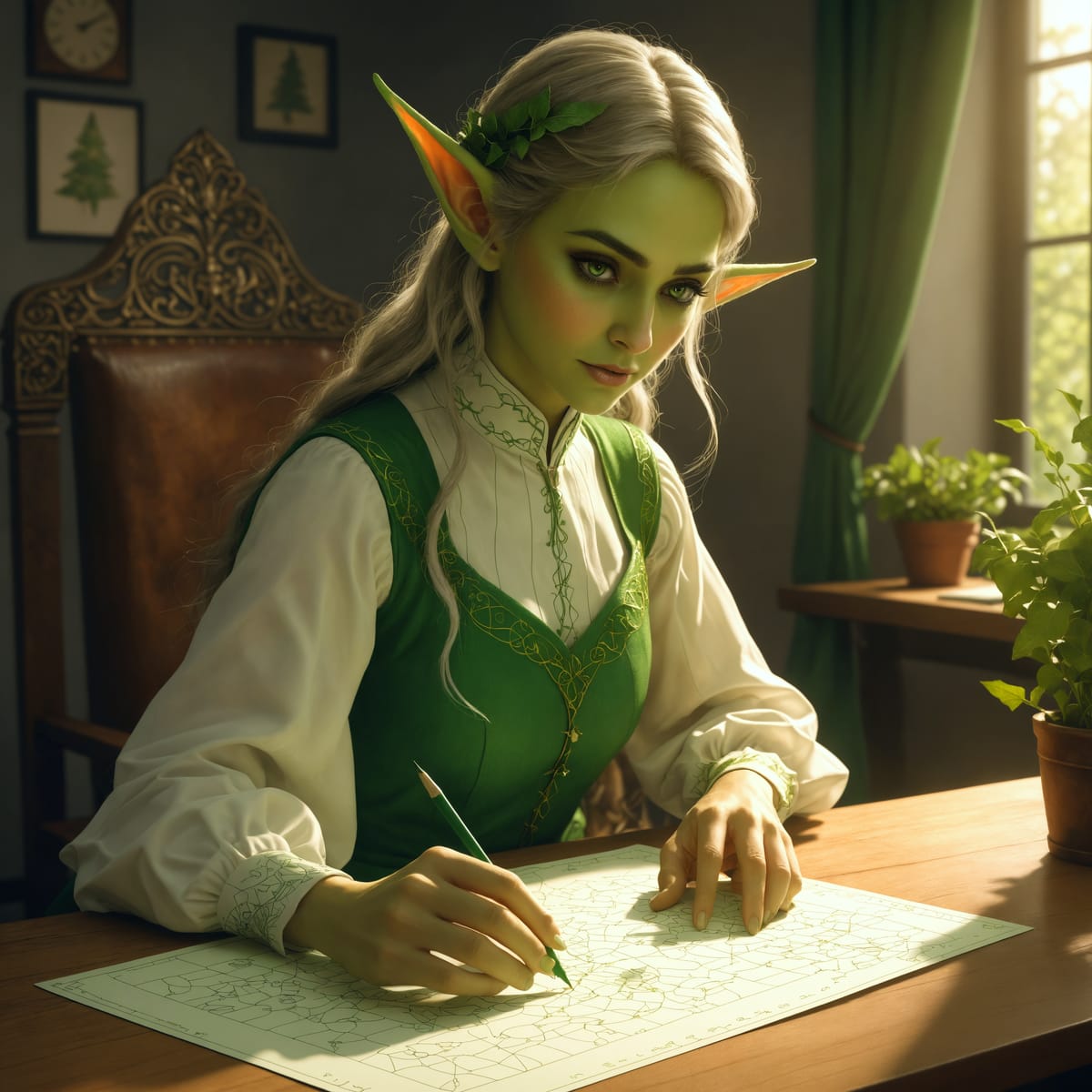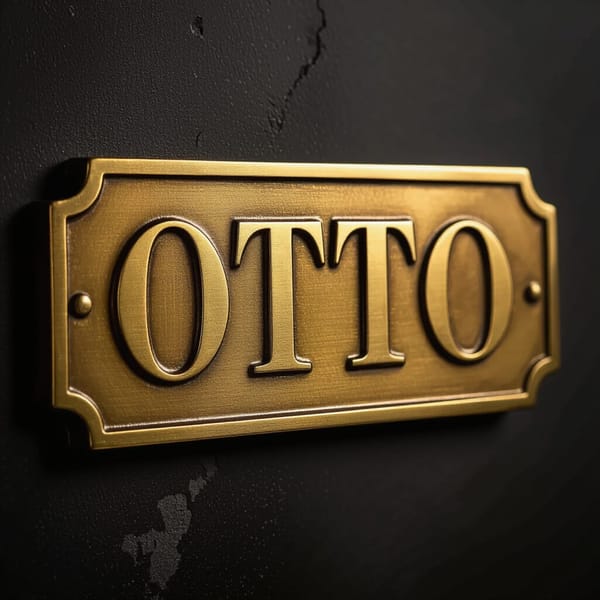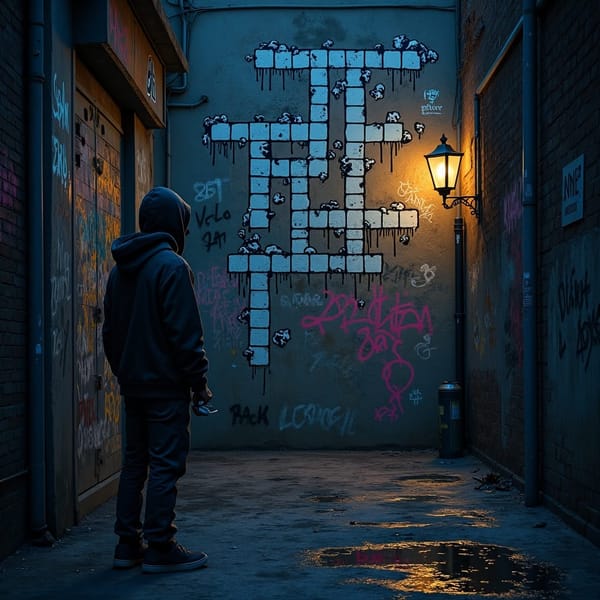Creativity in Puzzle Book Design: A Practical Guide to Balancing AI and Human Innovation

If you're creating puzzle books to sell on Gumroad, Etsy or Amazon KDP, you probably wonder whether using AI will affect your creativity. Let me show you how to use AI as a helper while keeping your puzzles unique and fun.
Tools You'll Need
-
Your AI Helper
- Pick one AI tool and learn it well (like ChatGPT or Claude)
- Save prompts that work well for you
- Keep notes about what the AI is good and bad at
-
Design Software
- Puzzle generators for basic grids and layouts
- Spreadsheet software for organizing word lists and tracking puzzles
- A simple drawing program for graphics and custom elements
- A PDF maker (like Adobe Acrobat or free alternatives)
The Reality of Making Puzzle Books Today
While many people use automatic puzzle makers to create basic puzzle books quickly, this often leads to too many similar books and unhappy customers. There's a better way to create everything from crosswords and word searches to logic puzzles and number games, even if you do use the dedicated software. The answer is to find a unique twist on the puzzles!
I could never make a crossword puzzle by hand, and that's okay! However, I can dream up clever themes, which are what make crosswords special. Since I love puns, my themes are usually based on wordplay. Whatever you can think of can be a theme. And, if you draw a blank and need inspiration, that's where AI comes in.
AI as Your Creative Partner
Think of AI as a helpful assistant, not a replacement for your creativity. Here's how to work together:
-
Ask AI for puzzle ideas: "I want to make puzzles about cooking. What themes could I use?" AI might suggest categories like kitchen tools, cooking terms, and famous chefs.
-
Make AI suggestions your own: When AI gives you ideas, change them to fit your style. Example: If AI suggests a basic cooking word search, you might add recipe steps as bonus words or create a series of anagrams where each completed puzzle reveals a kitchen tip.
-
Add your personal touch: Include things that make your puzzles special. For logic puzzles, add a story element. For word games, include interesting facts about the theme.
How to Use Everything Together
Start with your ideas, then let AI help with the time-consuming parts:
-
Plan Your Puzzle First
- Write down your puzzle idea
- List what makes it special
- Note who it's for (kids, adults, experts)
- Think about how it connects to your theme (Theme can cover the whole book, a segment within the book and/or just the current puzzle. Some of my puzzle books do all three!)
-
Use AI to Help
- Ask for theme variations (Example: turn "garden puzzles" into "seasonal plants," "garden tools," or "butterfly species")
- Get help writing clear instructions (Pro Tip: look in popular puzzle magazines to see how they word their instructions.)
- Generate starter clues or number patterns (Be careful with this! Sometimes, AI hallucinates.)
- Check your work for mistakes. Print and solve your own puzzles. Use a spell-checker!
-
Make It Your Own
- Adjust difficulty levels to match your audience
- Add your expertise to the theme
- Include your unique style elements, whether it is artistic, writing or mechanical (something that says, "This puzzle was definitely made by" you.)
Common Mistakes to Avoid
-
Relying Too Much on AI
- What happens: Letting AI make all the decisions
- Better approach: Use AI for ideas and repetitive tasks, but make the creative choices yourself
- Example: For a logic grid puzzle, use AI for themes and scenarios, but you create your own clues and logic connections. (In fact, AI is bad at creating complete logic puzzles.)
-
Losing Your Personal Style
- What happens: Your puzzles look like everyone else's
- Better approach: Add your own special touches to every puzzle
- Example: Include your own fun facts or create unique puzzle combinations. Personally, I think puzzle mashups are the best way to stand out from the crowd.
Getting Started
Try these steps today:
-
Look at Your Current Process
- List what takes the most time
- Note where you often get stuck
- Think about where AI might help
-
Test Both Ways
- Make one puzzle your usual way
- Make another with AI help
- Keep what works best for you
Remember: Your creativity is what makes your puzzles special. AI is just there to help make the process easier.
Want more practical puzzle design tips? Check out the Resource Center.




